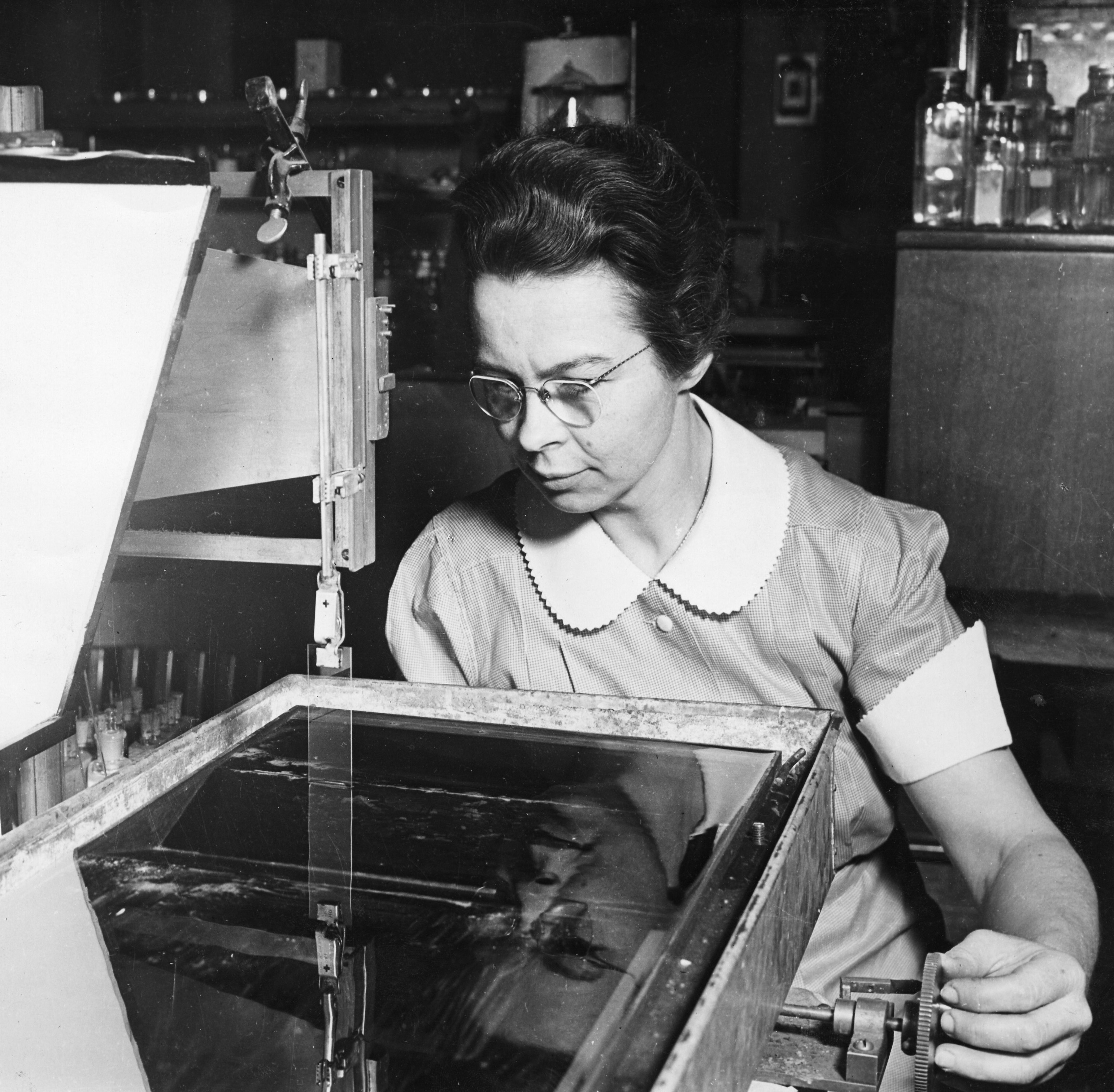
Julia Chalene Newmeyer was born in Los Angeles, the 16th of August 1933. She is now 84 years old.
From an early age, she studied piano, classical ballet and dance. She graduated from high school when she was 15. She became prima ballerina for the Los Angeles opera.
She entered the university of UCLA scoring a 99 in the entrance exam. There, she intended to study piano, French and philosophy. But she stayed there for only six weeks because she switched to Universal Studios to be a choreographer, teacher, and dance double.
Julie Newmar acted in Broadway musicals, which made her famous. That allowed her to obtain the role of "Cat Woman" in Batman.
Click here to watch a video explaining more about her life
Invention
In the 70s Newmar invented the pantys and in the 80s she started selling them.
She needed tights that looked good on her, that didn't flatten her bottom. Her solution to that was inventing some tights herself. She cut the panties diagonally to the fabric thread and turned the central seam into elastic.
http://www.imdb.com/name/nm0628325/bio
http://julienewmar.com/biography/
https://enlacresta2.wordpress.com/2008/09/29/julia-newmar-y-los-pantis/









